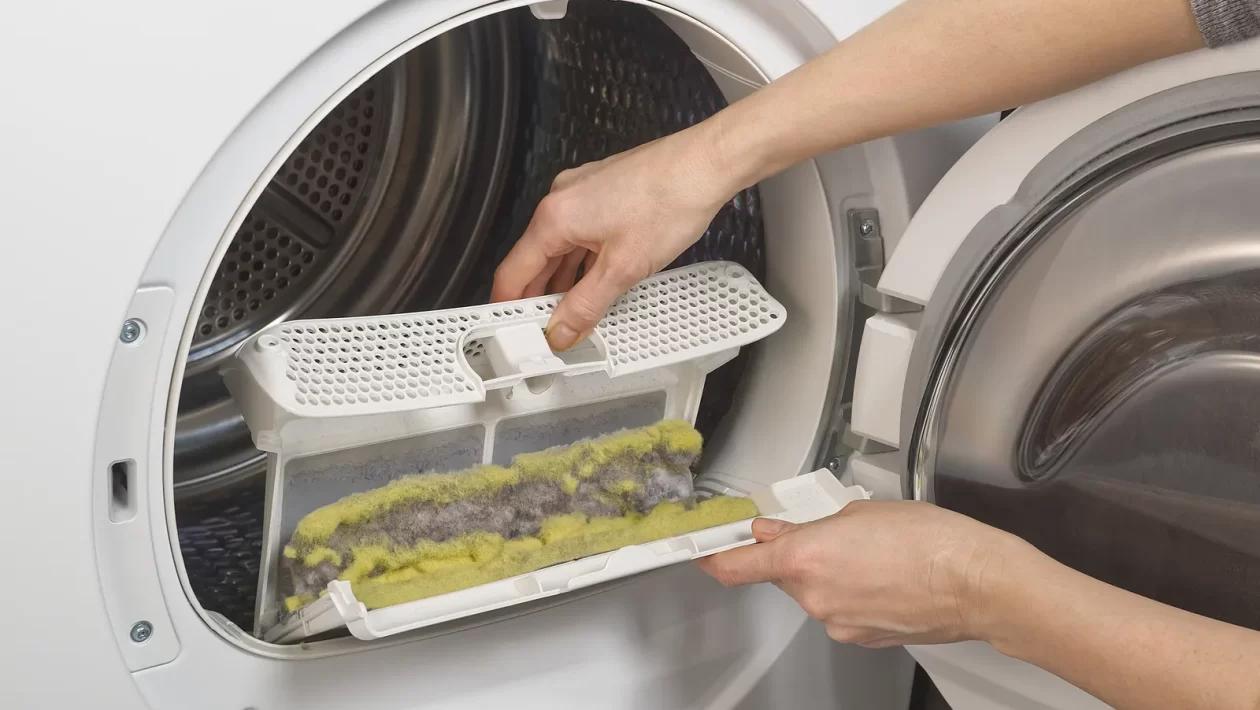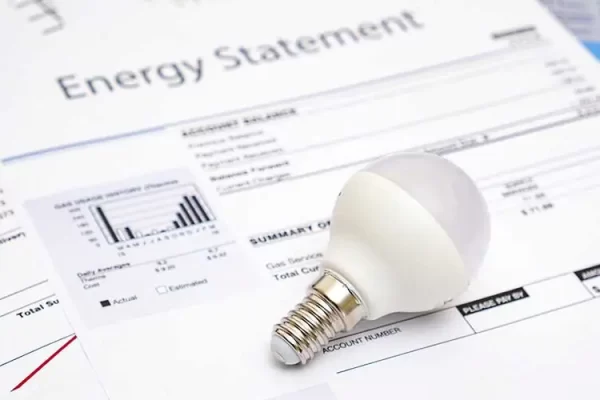Maintaining your home appliances regularly is necessary to save money on costly repairs and replacements. There should be no compromises when preventing dryer fires, so you must clean the lint filter before and after every load. Keep in mind that a blocked filter can cause a fire. Furthermore, it is imperative to ensure that the vent hose and exhaust duct have proper airflow to prevent overheating. Pay attention to these critical steps to ensure the safety and longevity of your appliances.
Table of Contents
Clean the Vent Pipes
The dryer vent pipe is a tube that goes through the wall to the outside. It has a flap vent that opens automatically from air pressure during the drying cycle and closes when the dryer shuts off. It is essential to clean lint buildup from the entire length of the vent system, including the inside of the vent flap and any duct joints. Moisture, dirt, and lint tend to collect behind and underneath the dryer, another area where regular cleaning is essential. One of the first signs that the dryer vents need cleaning is a dramatic increase in drying time. Lint and other debris clogging the vent duct restricts airflow, forcing the dryer to consume more energy to heat the clothes. If the igniter fails to heat, the problem could be as simple as a faulty thermal fuse or cycling thermostat or as complicated as a defective heating element or clogged vents. Use a multimeter on the lowest ohms setting to test the continuity of each terminal on the igniter.
Clean the Lint Trap
A full lint trap in your dryer can cause your energy usage to increase, resulting in a higher gas or electric bill. During drying, tiny lint particles from your clothes can easily clog the lint trap, and fabric softeners and laundry detergents can also contribute to lint buildup over time. To prevent a potential fire in your dryer vent or lint collector, it’s essential to regularly clean your lint trap after each load of laundry and check it frequently throughout the day. While many lint traps can be cleaned by vacuuming with a crevice tool, some dryers may require removing a cover on the back of the machine to access the lint trap.
Test the Heating Element
Dryer heating elements are a crucial part of the dryer. If an element burns out, it can cause your clothes to take longer to dry or the dryer to shut off mid-cycle. To ensure your dryer works correctly, it’s essential to check the element and perform a simple test to check if it’s still working. Before testing the element, unplug it and turn off the gas supply. Also, check the breaker box to ensure it’s not thrown since electric and gas dryers operate on 240 volts. If the breaker is okay, use a multimeter set to read resistance to test the high-limit switch and thermostat. A working high-limit switch will read closed (continuity) with no excess heat and open with excessive temperature. If both read available, the element likely tripped the GFCI and needs to be replaced.
Replace the Heating Element
Regular dryer maintenance is crucial to avoid costly overheating and component wear and tear repairs. Cleaning the lint trap after use and the vents at least once a year is essential. If you encounter a faulty thermal fuse or a thermostat reporting high temperatures, it is imperative to replace these components immediately. Use a multimeter set to ohms of resistance to test for continuity in the heating element coils. If the reading is infinite, it’s time to replace the heating element, which can be found inside a metal casing at the back of the dryer, held in place with screws or bolts. Remember to disconnect the power before removing it, or face the consequences.
Resources:
https://www.appliancerepaircalg.ca/the-importance-of-regular-maintenance-for-home-appliances#:~:text=For%20example%2C%20if%20you%20don,turn%20into%20big%2C%20expensive%20ones.
https://www.searshomeservices.com/blog/why-you-should-have-professionals-maintain-your-appliances





